All Domain

“This is a critical step in delivering the capabilities we need, at the scale and speed we need, to continue securing a free and open Indo-Pacific” said Admiral Samuel Paparo, commander of U.S. Indo-Pacific Command.
By Ashley Roque
Adm. Christopher Grady, vice chair of the Joint Chiefs of Staff, said the Joint Requirements Oversight Council is “well on pace” to putting more “teeth” into its processes for driving the military services to fulfill joint requirements.
By Theresa Hitchens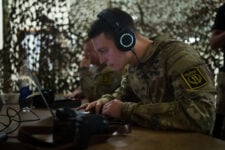
The Defense Information Systems Agency’s five-year plan includes the ambitious goal to build a global network “unconstrained by bandwidth [and] impervious to denial” by hostile forces.
By Sydney J. Freedberg Jr.
“We have recognized in our threat analysis that we need these capabilities in our wing in order to make our three wing missions executable,” Col. Joshua Koslov said of activating two EW squadrons. “And so that’s exactly what’s driving it.”
By Michael Marrow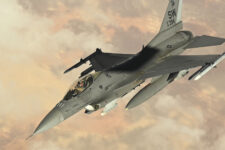
In addition, CEO Kathy Warden says the company sees a chance to sell up to five Triton UAVs to the NATO alliance.
By Michael Marrow
“The LRDR completed a Space Domain Awareness (SDA) data collect event in January 2024 that proved the SDA capability, and the U.S. Space Force and MDA are in the process of formally declaring LRDR ready for SDA early use in April 2024,” according to MDA Director Lt. Gen. Heath Collins.
By Theresa Hitchens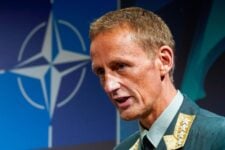
Gen. Eirik Kristoffersen, Norway’s Chief of Defense, talks to Breaking Defense about his plans for spending on new frigates and subs, the challenges of upgrading Norway’s “digital backbone” and refilling the military’s stocks.
By Aaron Mehta
Under the new plan, London wants to spend a cumulative extra of £75 billion ($93 billion) over the next six years, culminating in a 2030 annual defense budget of £87 billion ($108 billion), which would make it second in NATO only to the US in defense expenditure.
By Tim Martin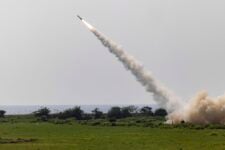
“I accepted with satisfaction the assessment and opinion of the generals and Minister Siewiera that my efforts make sense for Poland to become part of many systems, which should ultimately create an iron dome as tight as possible over the Polish sky,” Polish Prime Minister Donald Tusk said.
By Bartosz Głowacki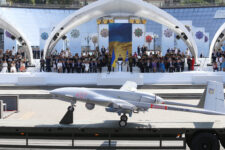
The US remains the world’s largest defense spender, outlaying $916 billion last year, a 2.3 percent annual increase, ahead of China in second place, which spent an estimated $296 billion, a 6 percent increase over the same period.
By Tim Martin
“Any commercial LLM that is out there, that is learning from the internet, is poisoned today,” Jennifer Swanson said, “but our main concern [is] those algorithms that are going to be informing battlefield decisions.”
By Sydney J. Freedberg Jr.
The service’s new policy empowers “mission area data officers” for warfighting, intelligence, business operations, and enterprise IT, as well as institutionalizing what have been “ad hoc” data duties across the service, David Markowitz told Breaking Defense.
By Sydney J. Freedberg Jr.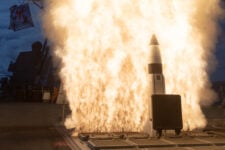
With a max value of $4.1 billion over five to 10 years, the C2BMC-Next contract will upgrade the global missile defense system to tap new satellite feeds, track hypersonic and cruise missiles, and employ AI — all potential building blocks of a future CJADC2 meta-network.
By Sydney J. Freedberg Jr.






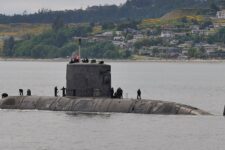




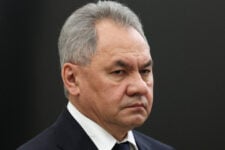




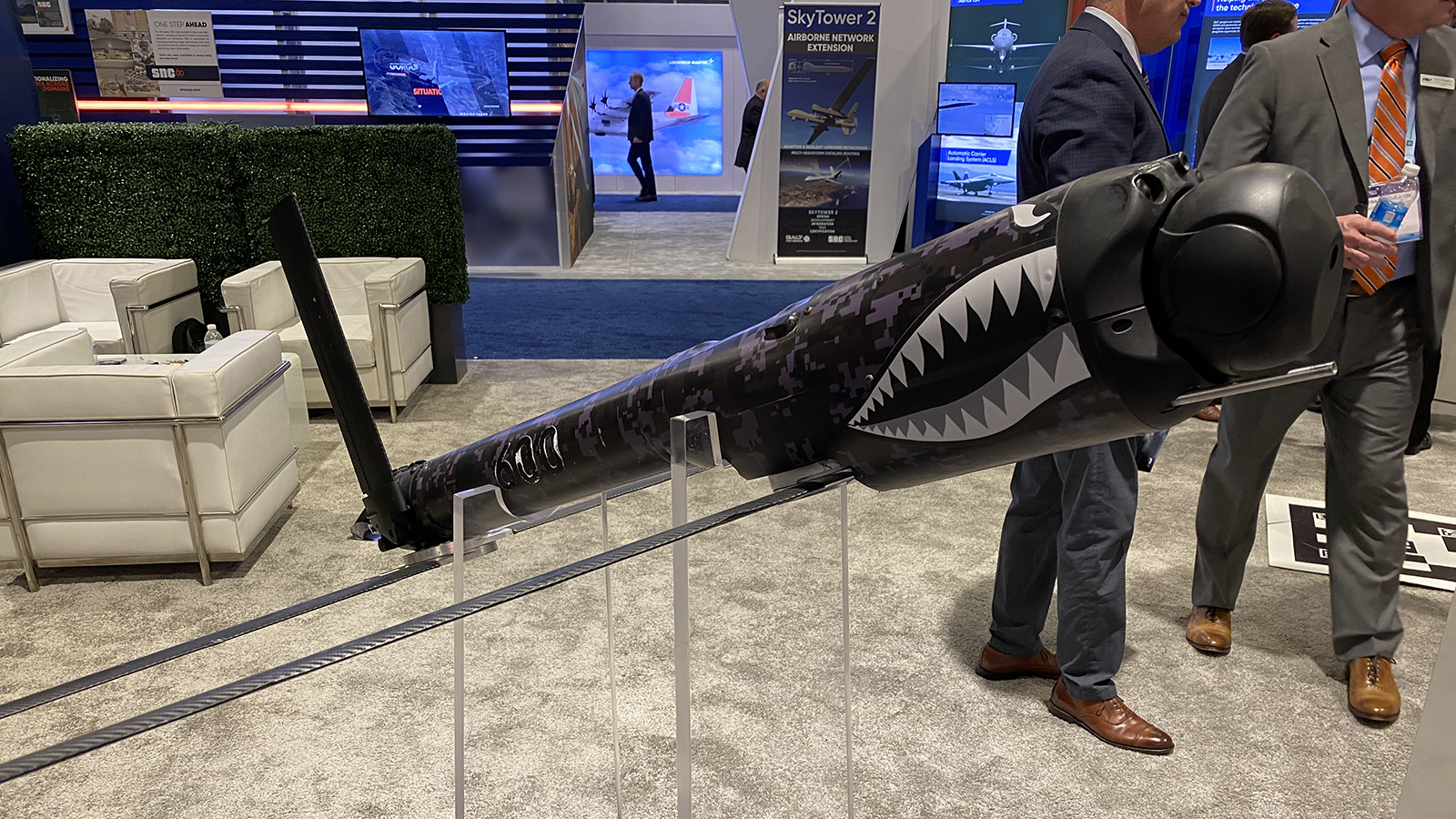

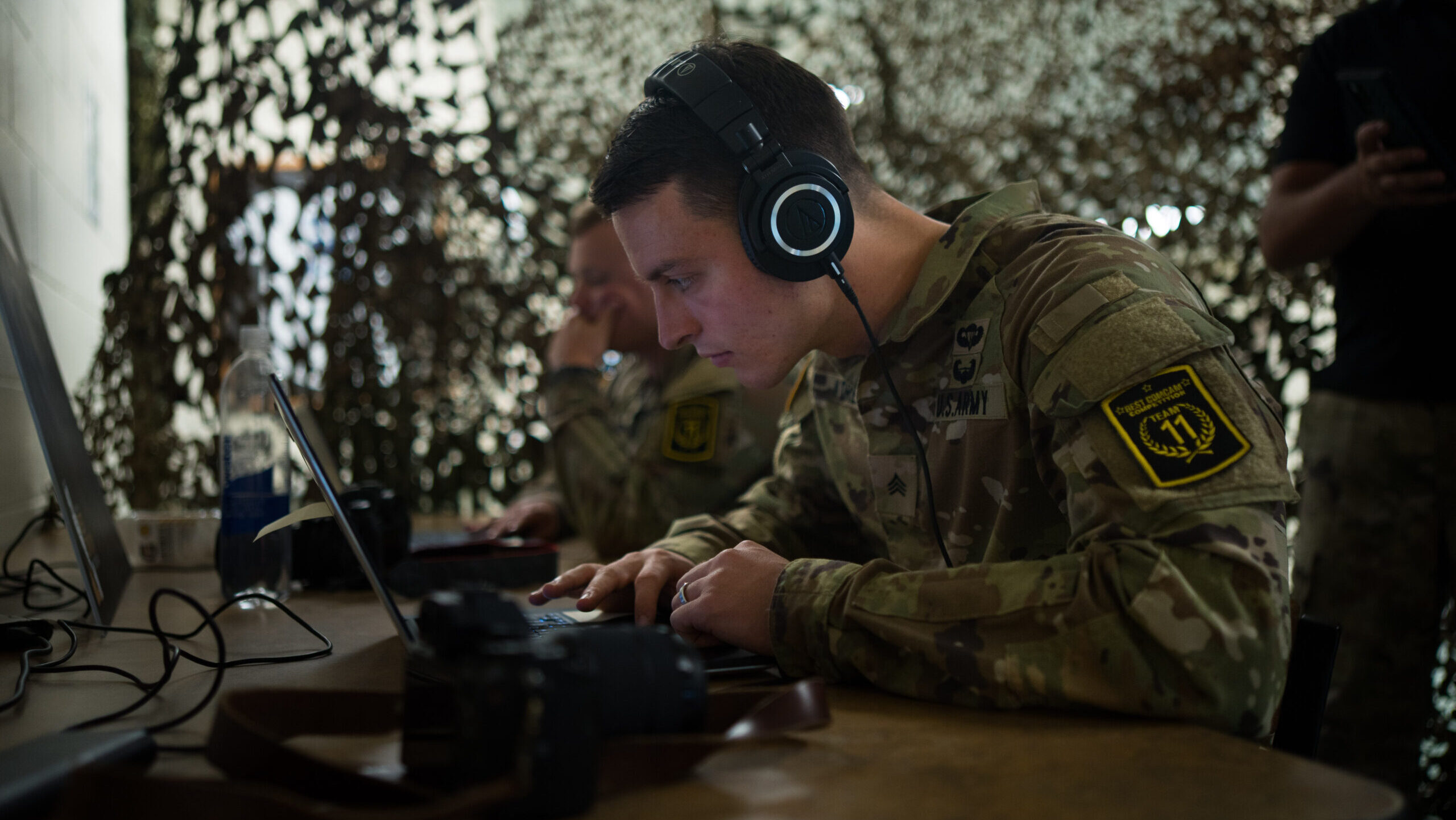
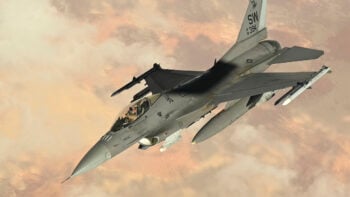


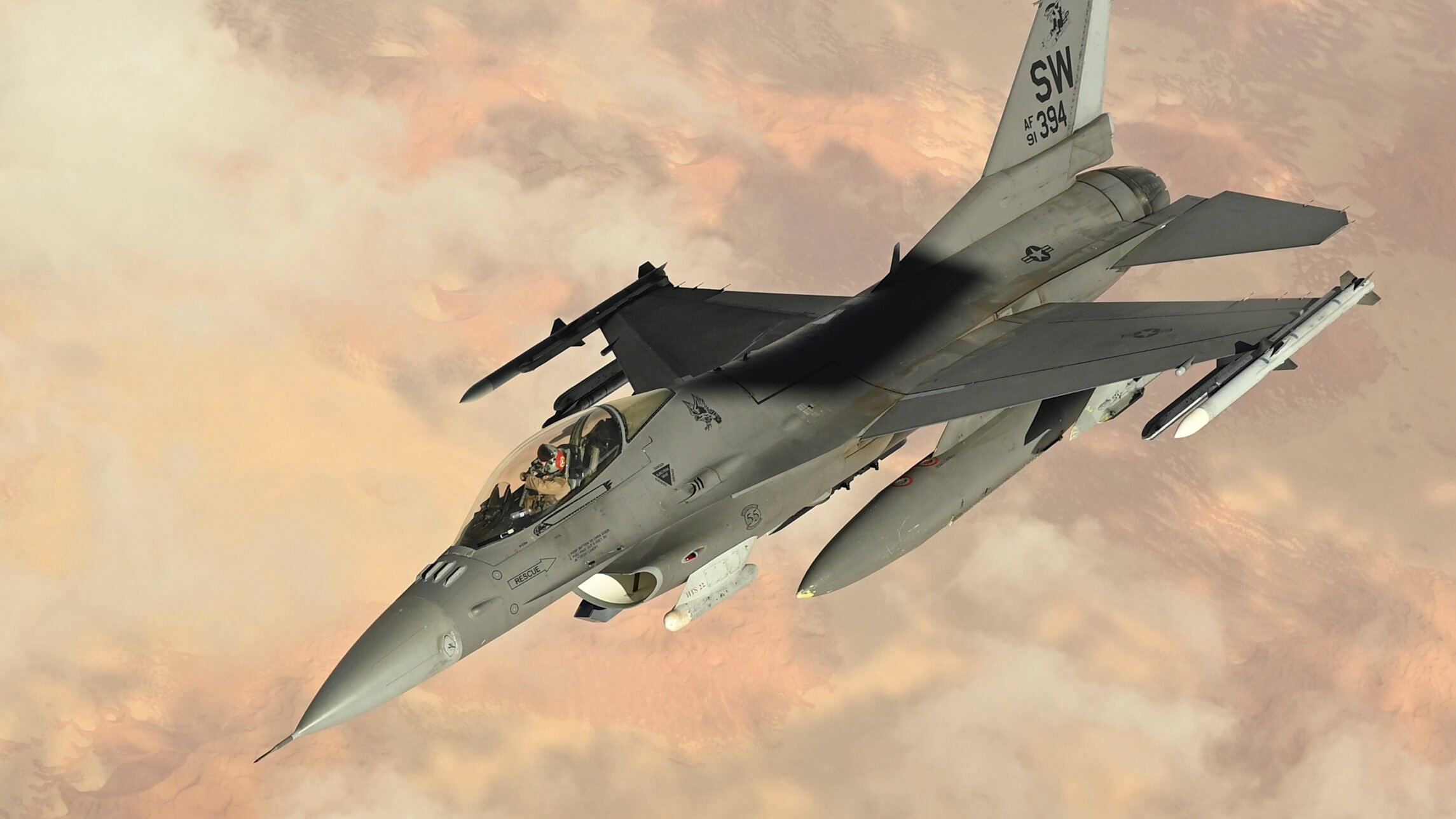
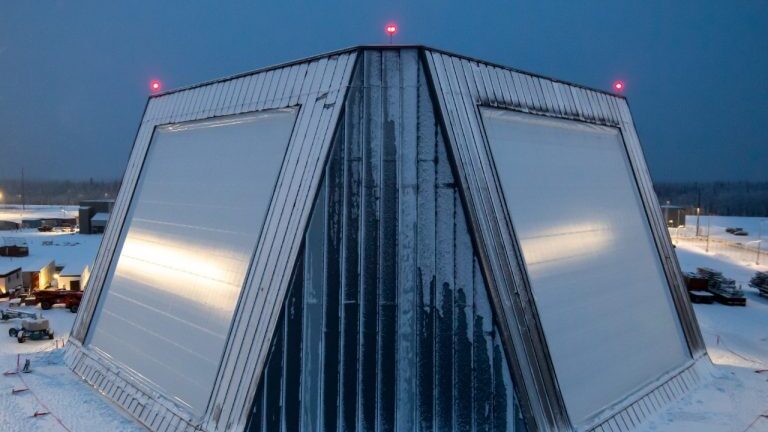
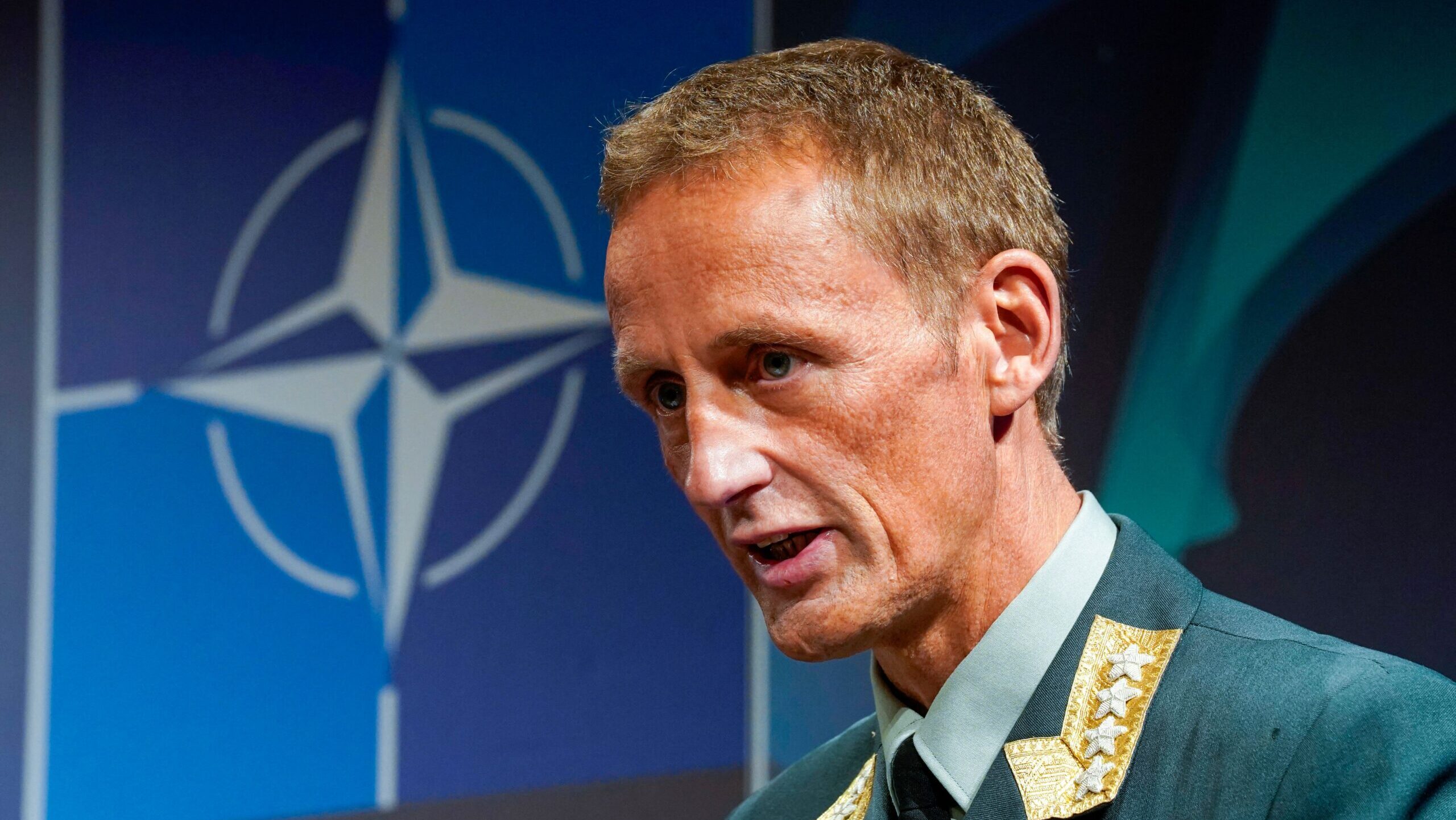
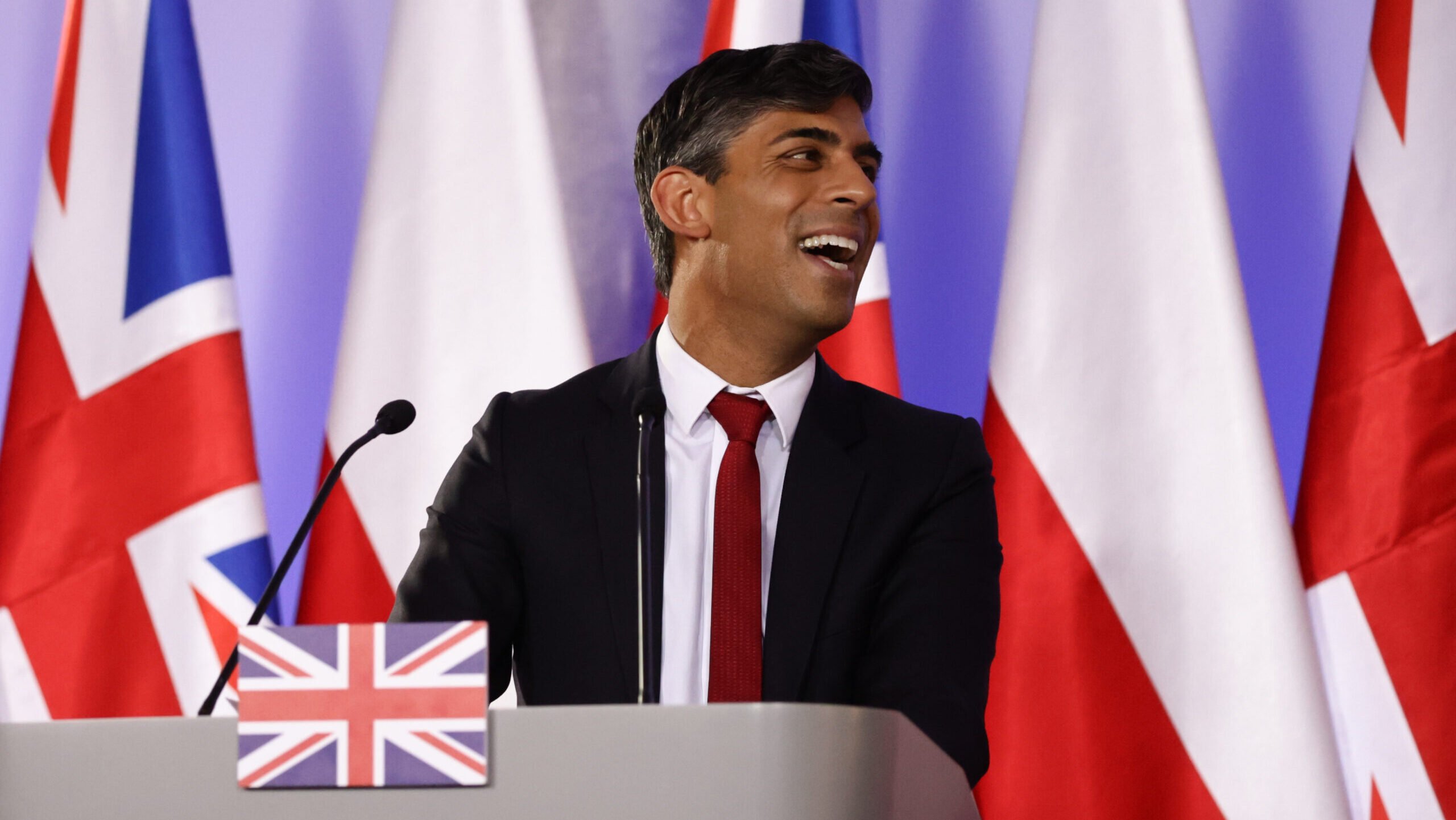
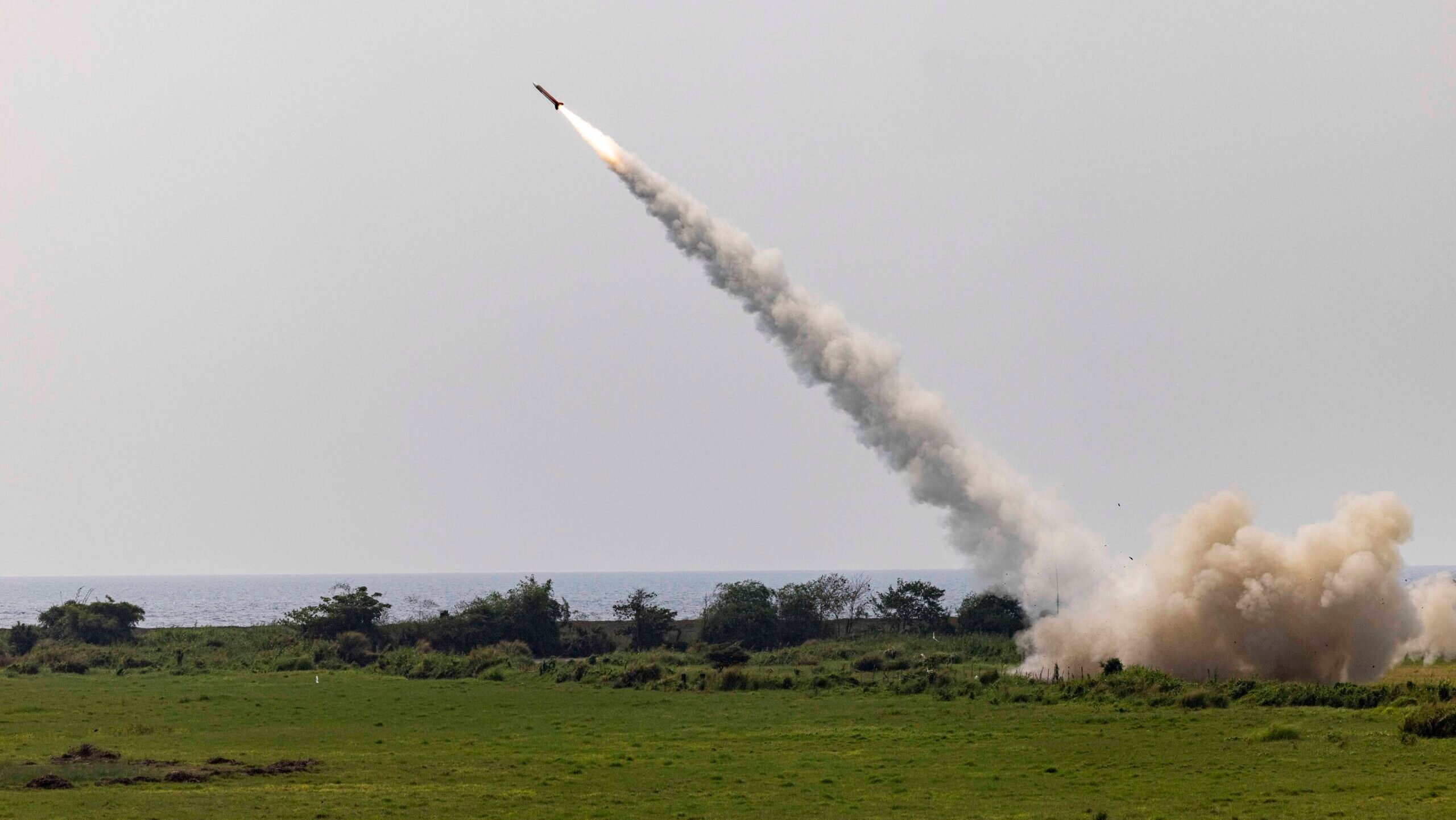
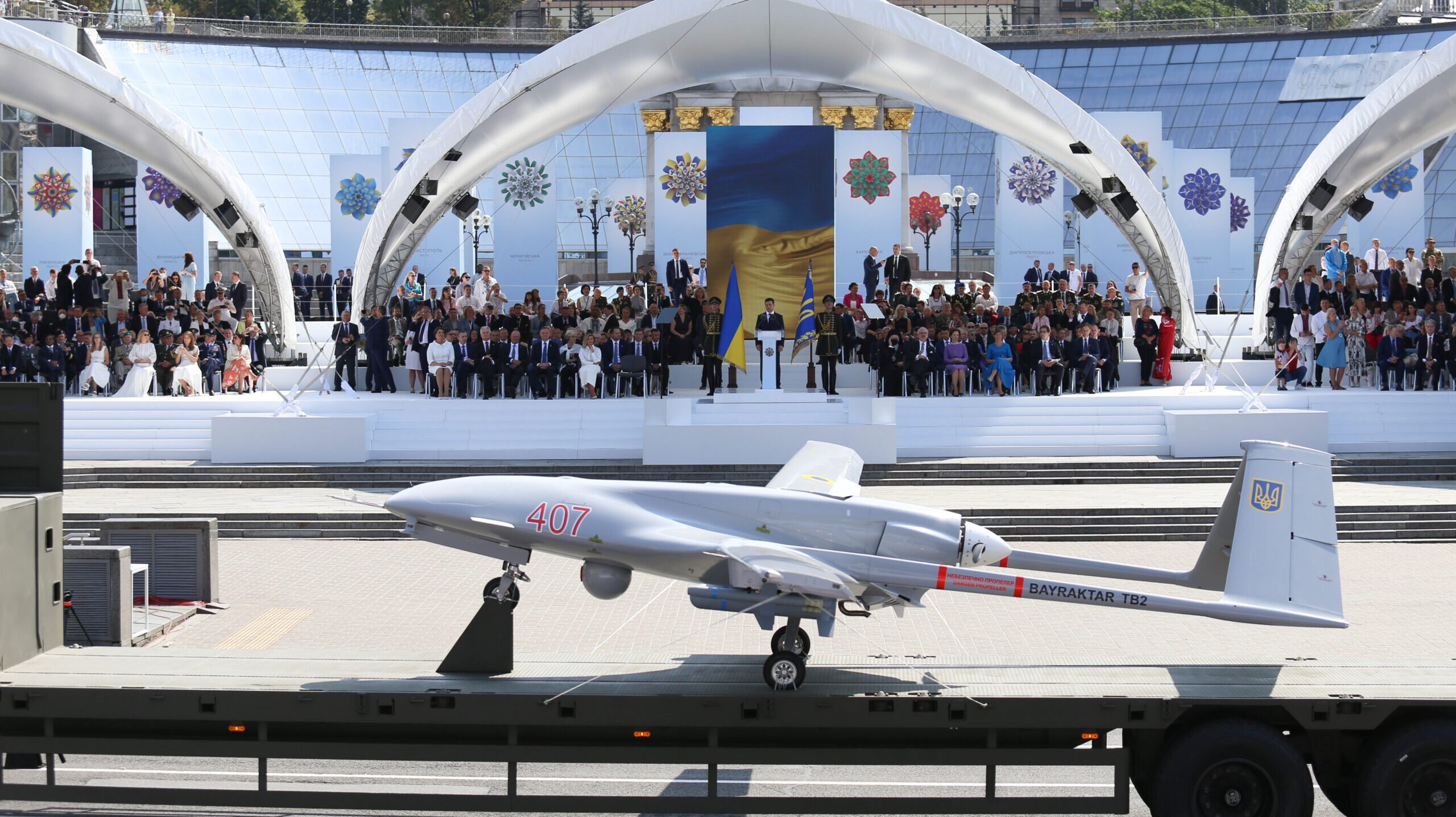

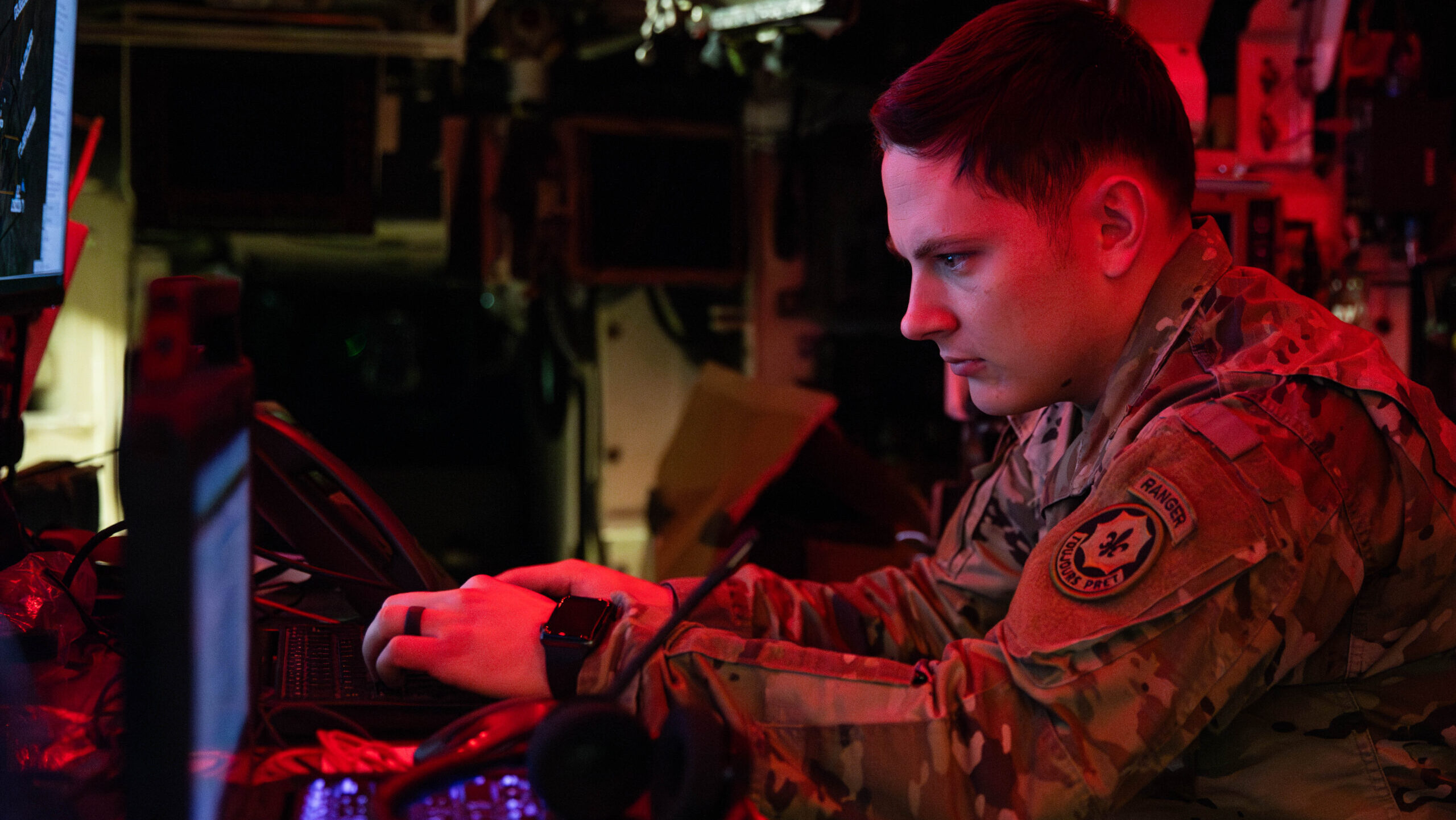
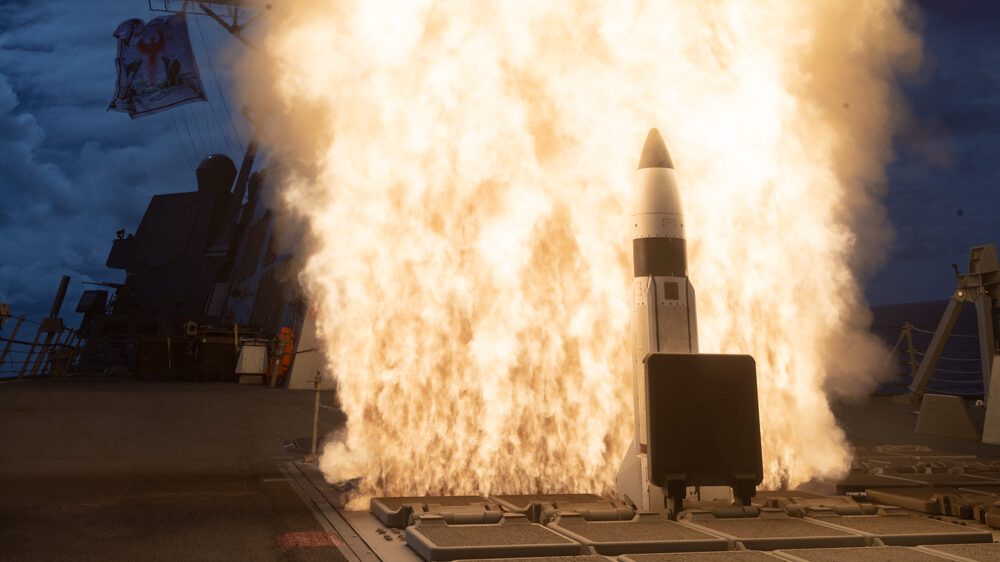

Retired Army officer John D. Rosenberger argues in this op-ed that the INDOPACOM chief should become the lead for the Pentagon’s CJADC2 efforts, with an eye towards what is needed to counter China.
By John D. Rosenberger